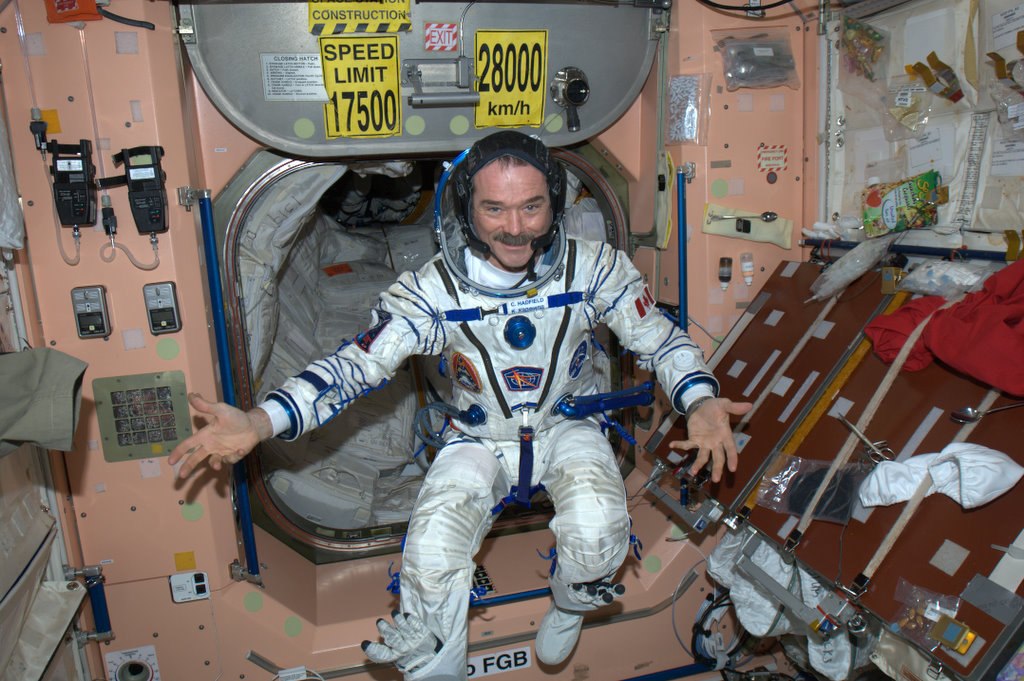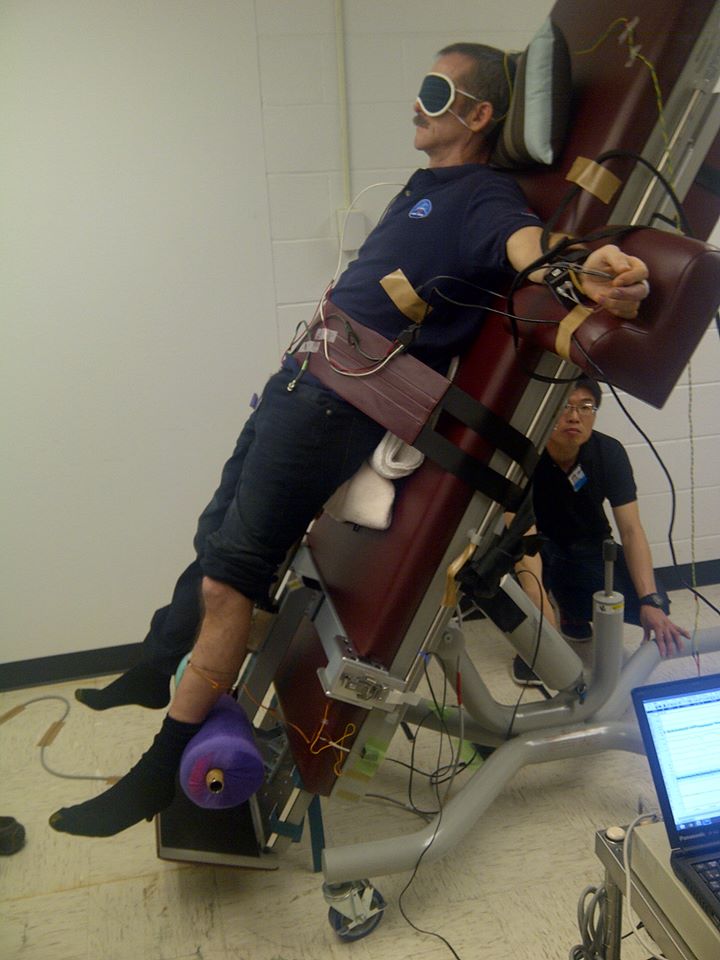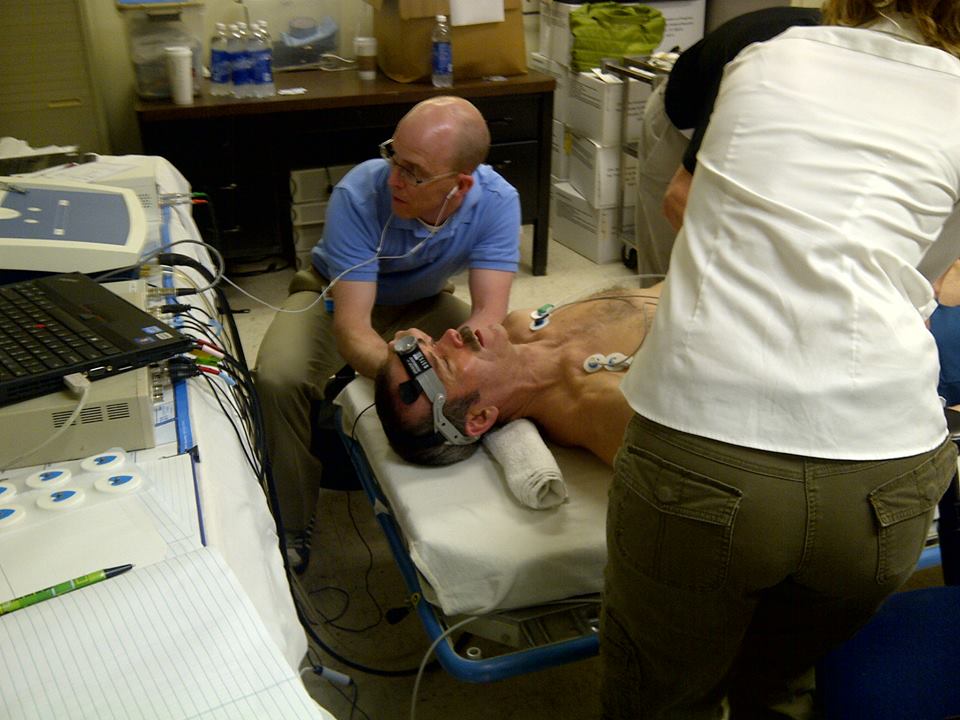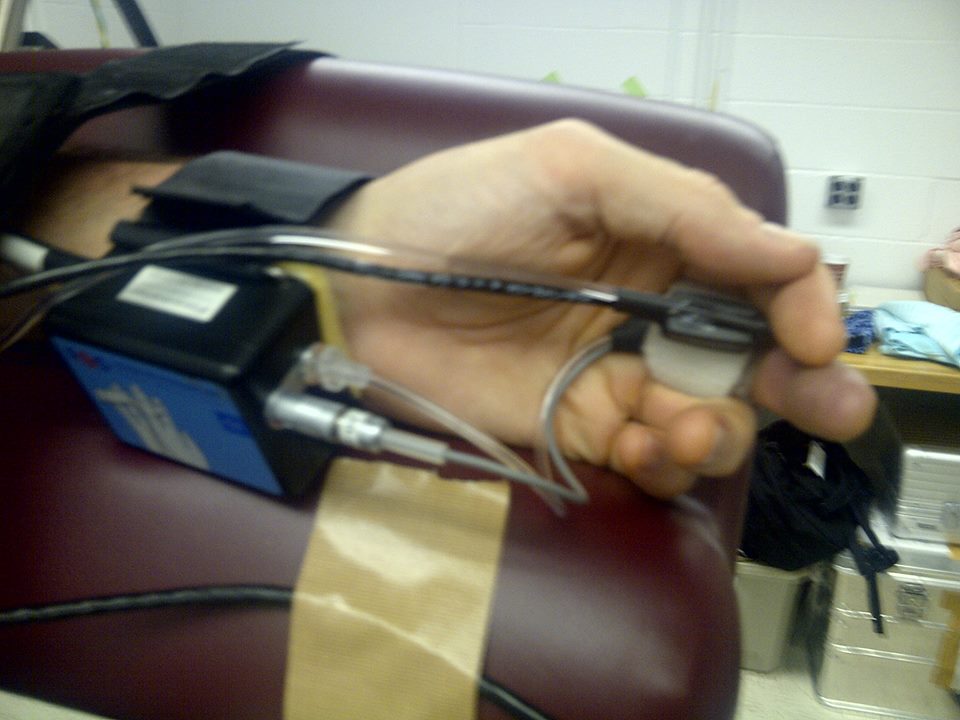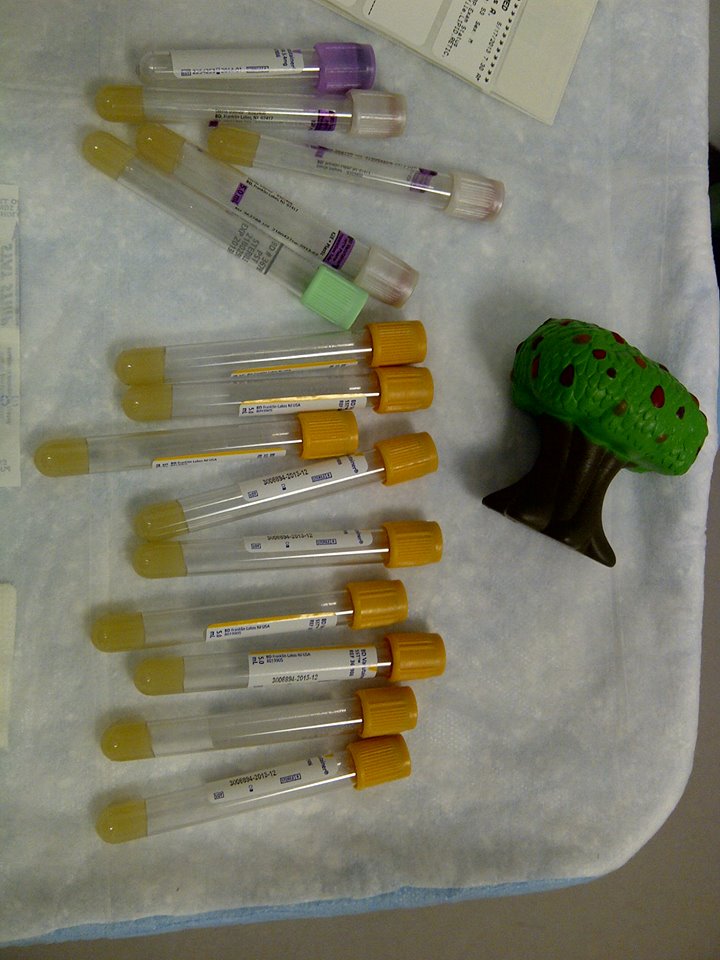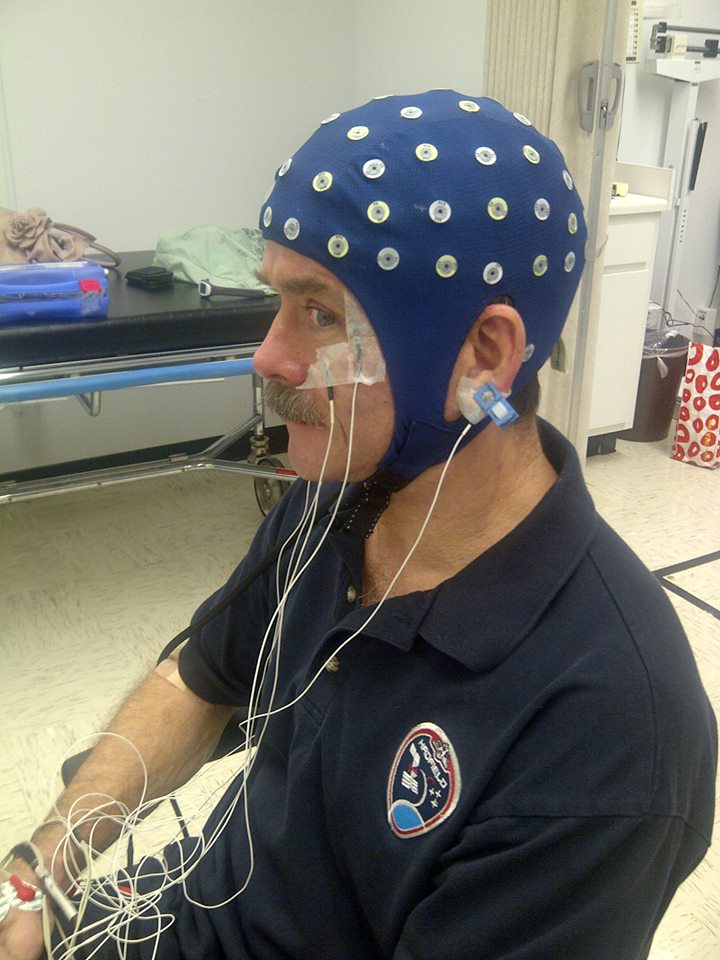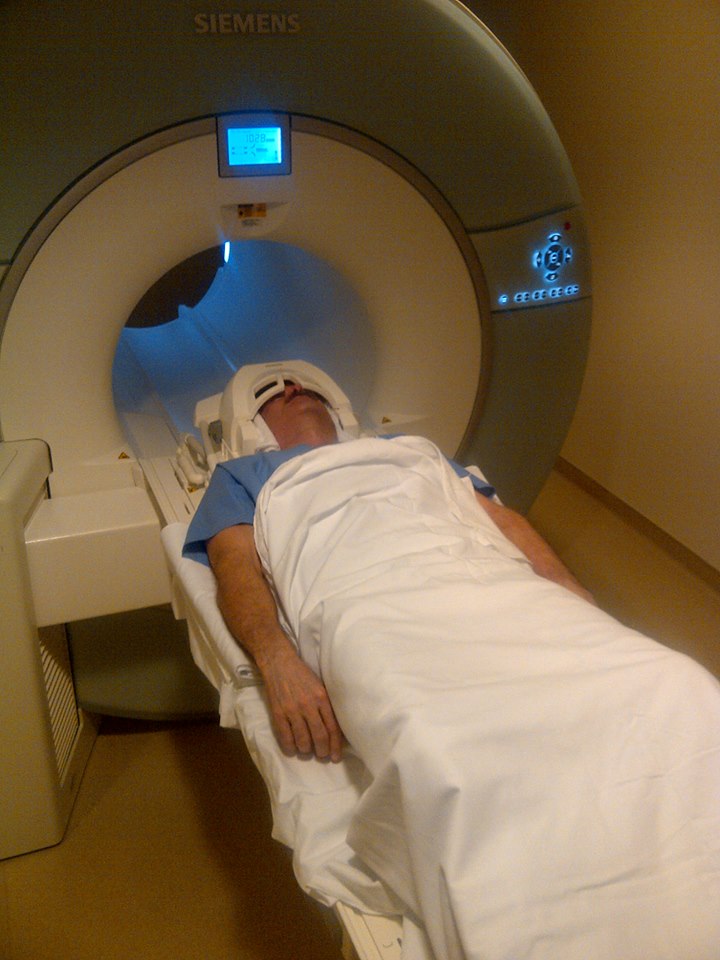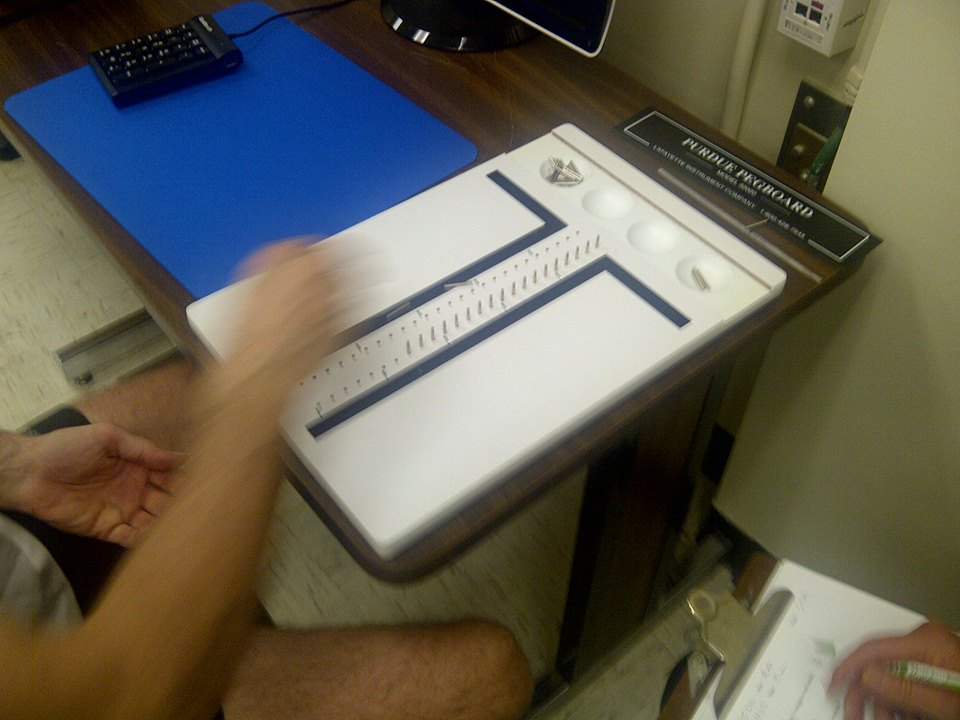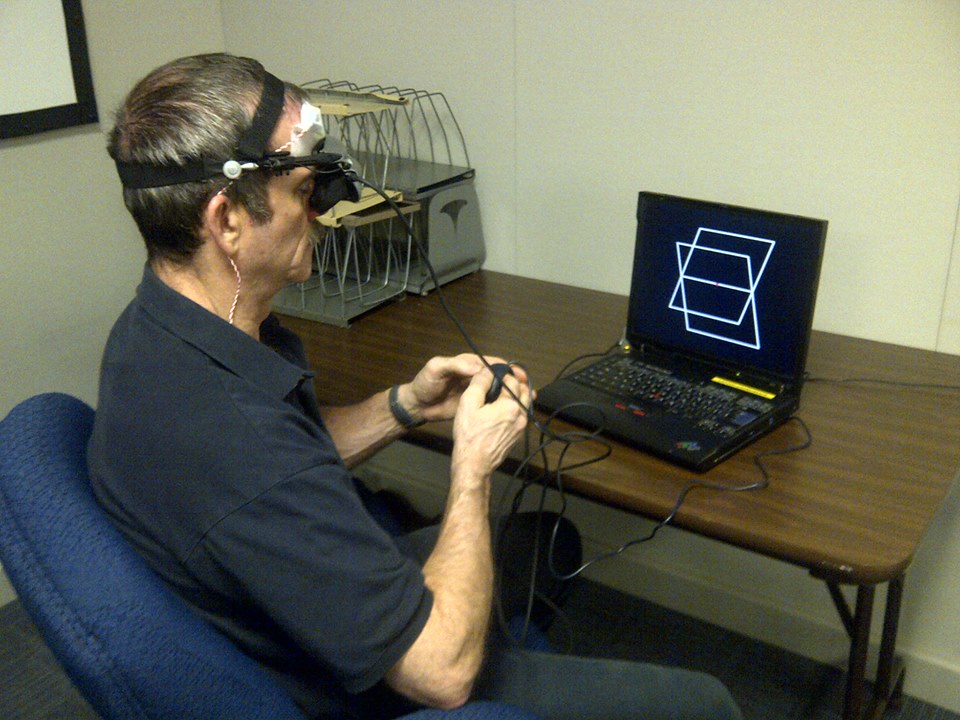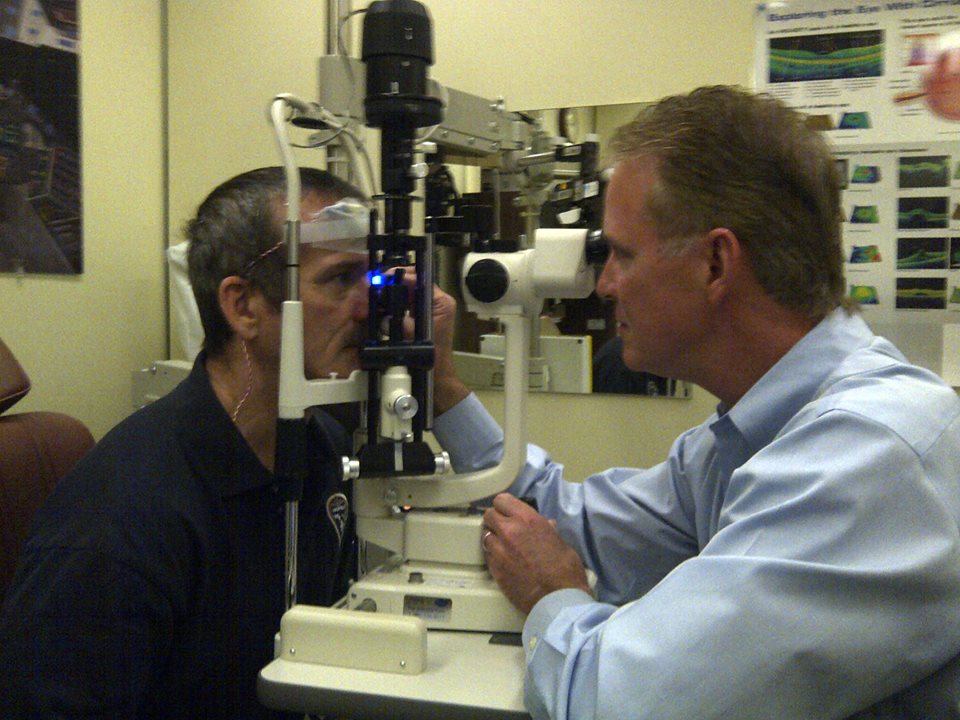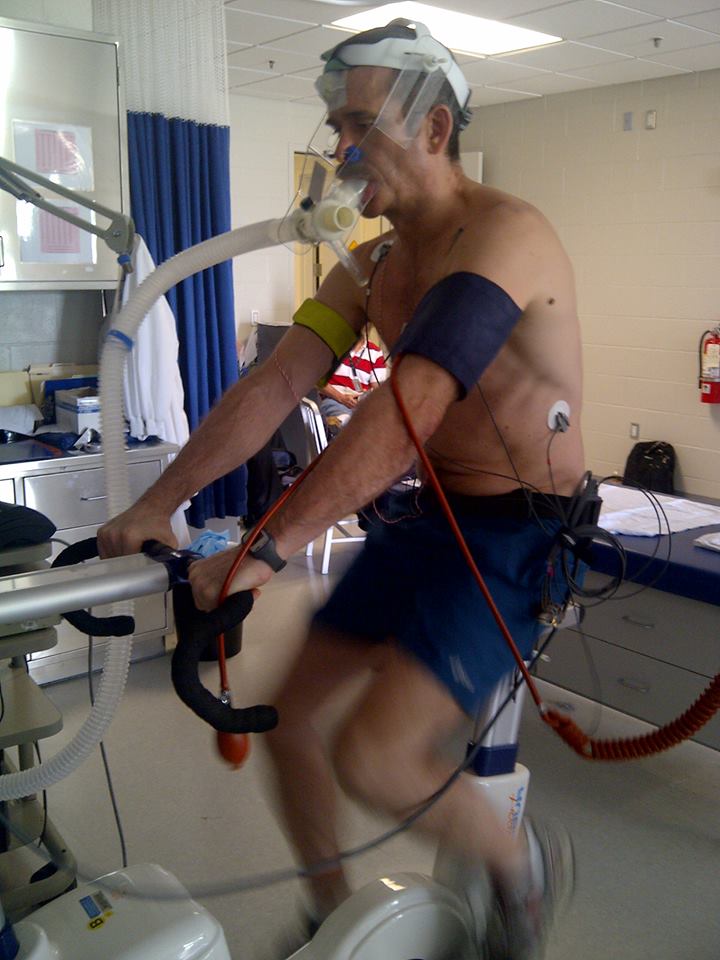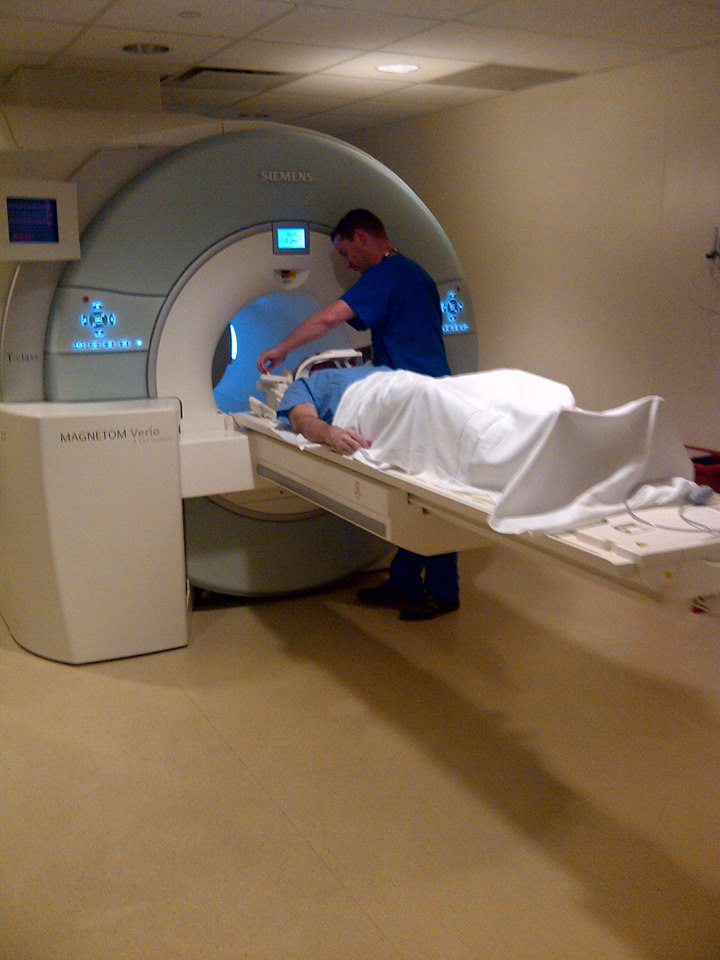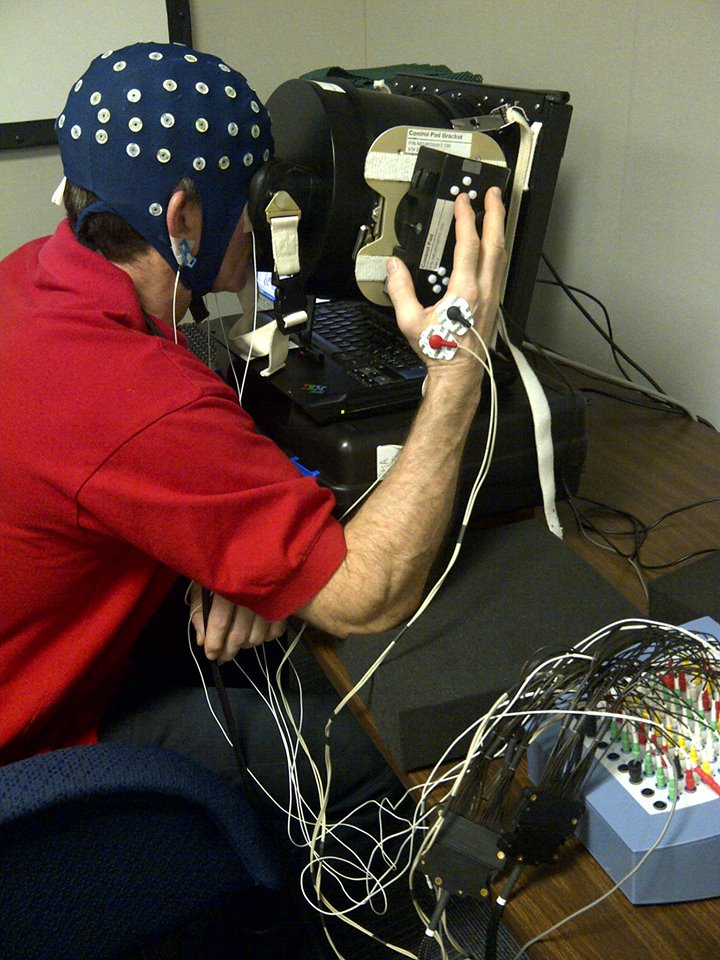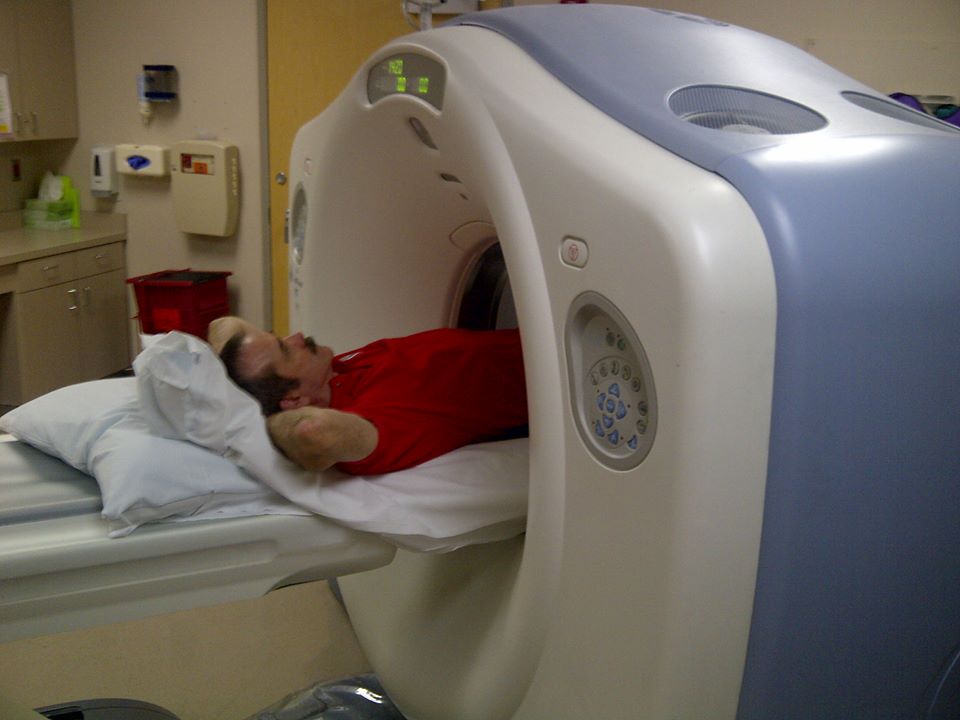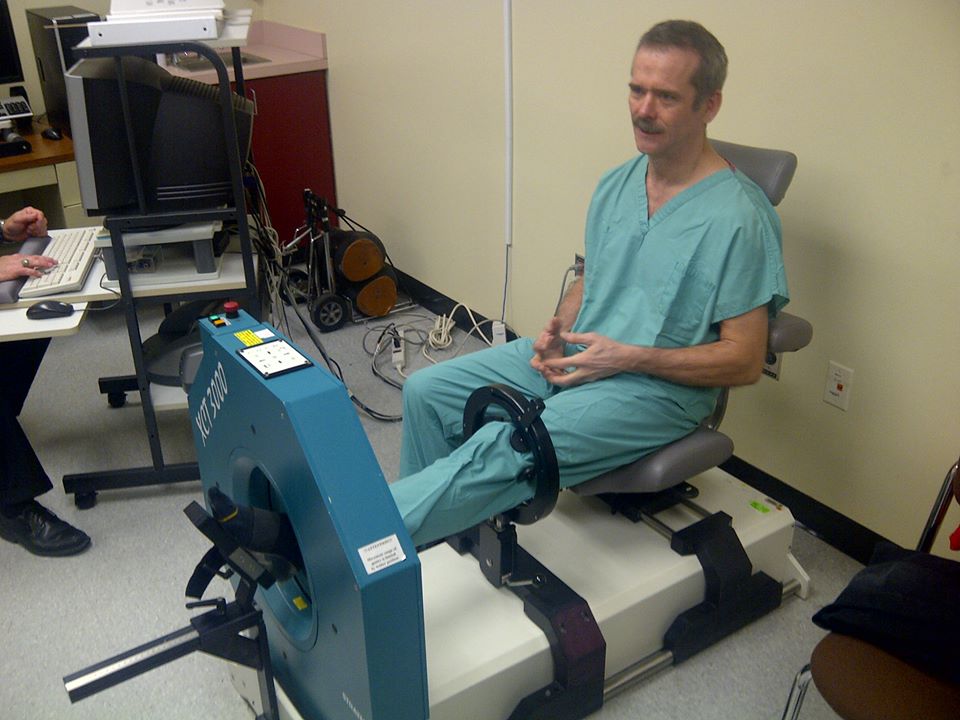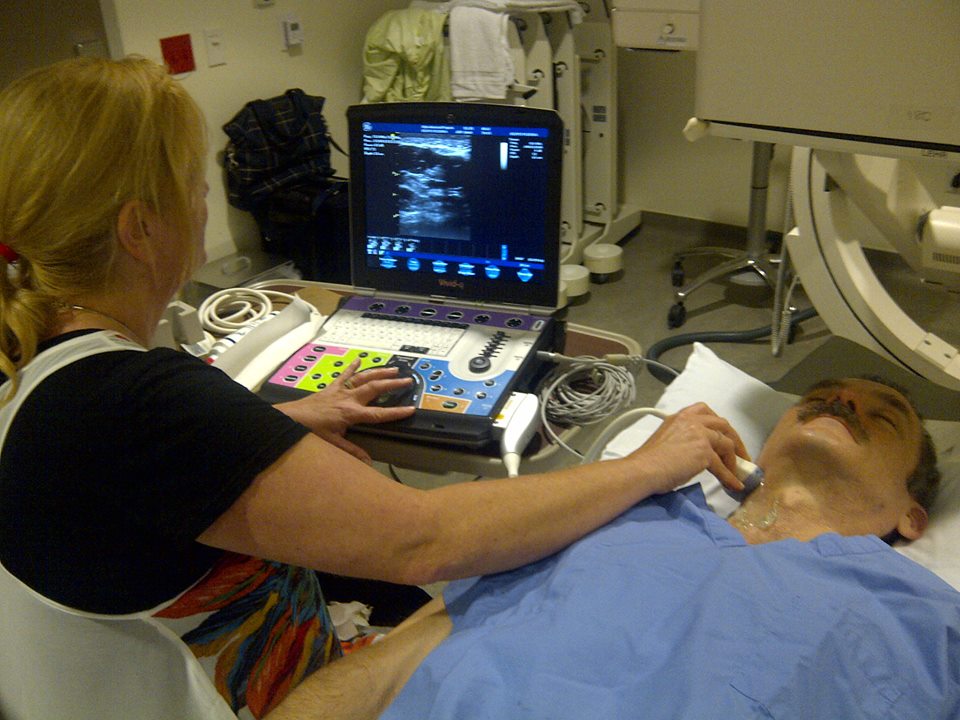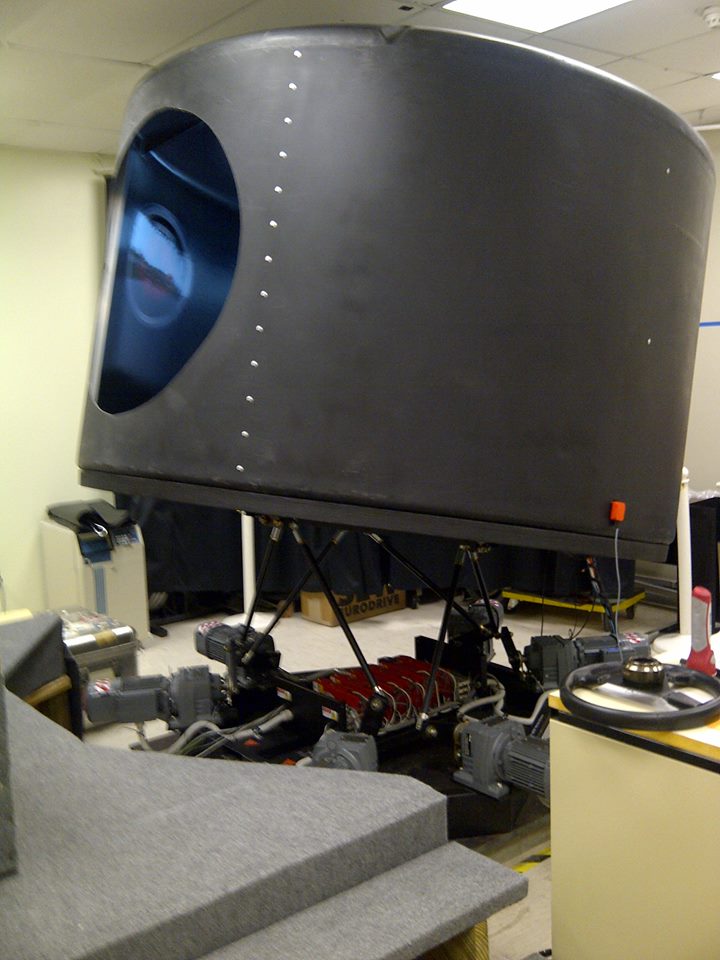Canadian Astronaut Col. Chris Hadfield has returned from space since weeks. If you have seen a guy posting beautiful pictures from the International Space Station, then that guy is none other than Chris. He’s has around 385,000 fans on Facebook as of now, which makes him very popular.
Let’s talk about the topic at hand today: What do astronauts go through when they come back to earth after spending half a year in space? The reality is, astronauts aren’t supermen and it does take some time for them to adjust back to the life on earth. They probably need to let go of the zero-gravity sensation, get used to the idea of things falling down and learning how to walk properly. There have been astronauts who spent 215 days in space and had problems getting out of the chair when back on earth.
In space, astronauts experience constant weightlessness. Their bones and muscles begin to slowly waste away as time goes on. The longer the time spent in weightlessness, the more profound the loss. There have been cases of astronauts spending few weeks in a wheelchair because they lost a considerable amount of muscle and bone mass while in space. In addition to physical issues, there are psychological elements as well. This phenomenon is known as space-motion sickness.
So what did Col. Chris Hadfield have to go through when he came back on earth after spending 6 months in the International Space Station? Here’s what he went through, in his own words.
1. It’s cliche, but this is my 1st meal back on Earth. The smell is like an old friend.
2. How does the body control blood pressure? Scarecrow on a tilt table to measure how.
3. Wired head, chest, arms and feet, learning how the body works when it has been weightless for half a year.
4. My left hand, all wired-up to measure how my body is readapting to gravity. Part of a Japanese university study.
5. How I earned my breakfast this morning. Welcome back to Earth.
6. This is your brain, on Earth. ESA neurological experiment measuring brainwave changes as I adapted to and from 0G.
7. Spent 75 minutes imaging my innards in this MRI. You’d think I’d at least come out with a tan!
8. Pegboard task – testing hand-eye coordination as it changes back. Just like a test we did during astronaut selection.
9. Time in weightlessness affects basic 3D perception. Studying how we interpret things using an ESA experiment.
10. Look deep into my eyes. Dr. Gibson uses all the tools to see how I see. It appears my eyes were unchanged. Yay!
11. Heart and lungs, on the cardio machine to see exactly how bodies readapt. I have empathy for the cries of newborns.
12. I love MRIs. Vital science, imaging my eroded spine, learning about the body, all with a few bonus minutes to nap.
13. An hour of Neurospat and my brain is fried like an egg. Doing my best for ESA science.
14. Quantitative Computed Tomography, taking 3D images of my new hipbone internal structure. Wonder what we’ll find out?
15. This German machine uses X-rays to create a detailed image of the old and new bone structure in my leg. Key info.
16. Looking at my spine – Kat is a world-class ultrasound specialist, learning about osteoporosis through her hands.
17. Inside this tilting, turning simulator is an astronaut trying to remember which way is up.
Images Source: https://www.facebook.com/AstronautChrisHadfield/photos_stream?ref=br_tf
About Ali Gajani
Hi. I am Ali Gajani. I started Mr. Geek in early 2012 as a result of my growing enthusiasm and passion for technology. I love sharing my knowledge and helping out the community by creating useful, engaging and compelling content. If you want to write for Mr. Geek, just PM me on my Facebook profile.








